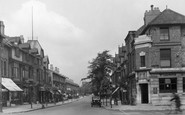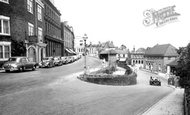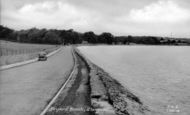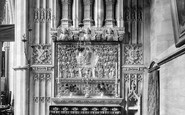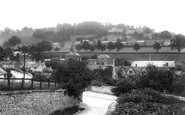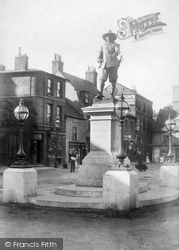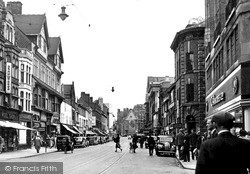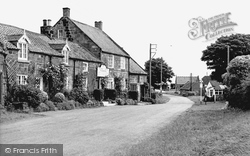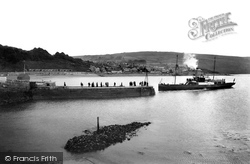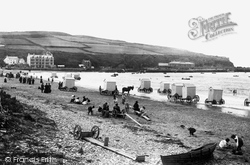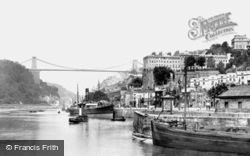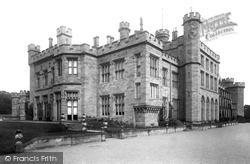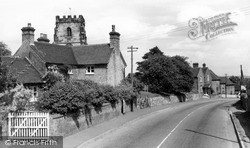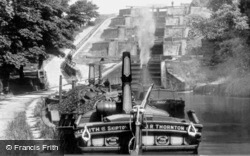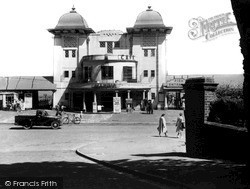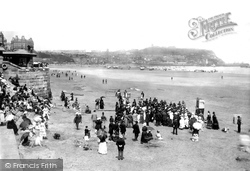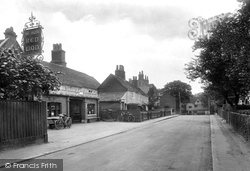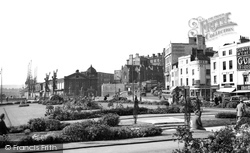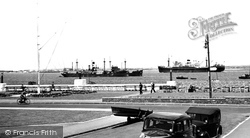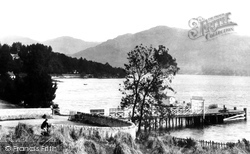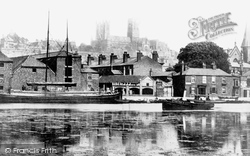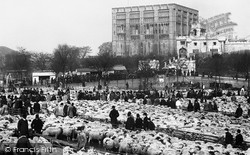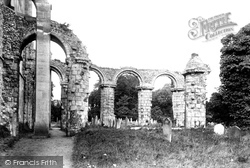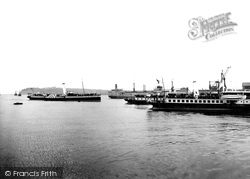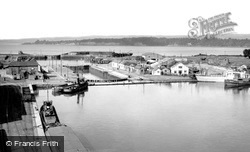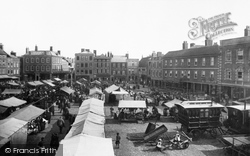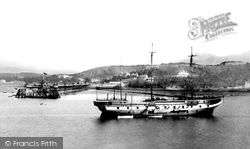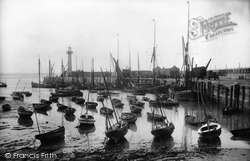Places
Sorry, no places were found that related to your search.
Photos
Sorry, no photos were found that related to your search.
Maps
670 maps found.
Books
4 books found. Showing results 817 to 4.
Memories
1,789 memories found. Showing results 341 to 350.
Grosvenor Road And Urmston, Always A Place In My Heart.
I lived on Grosvenor Road, Urmston - the allotment end - from 1965 to late 1969 age 3 to nearly 8 years of age with my 2 brothers and parents (we then moved to Blackburn). My daughter has recently ...Read more
A memory of Urmston by
Schooldays At Bexley Tech In Townley Rd, 1961 66,
I was at Hall Place for a year in 1961, originally at Brook Street girls school, Northumberland Heath. I loved it there, was there recently remembering happy days. At the main school in Townley Rd I ...Read more
A memory of Bexleyheath by
The 'cleopatra Restaurant' Next To The Northwood Hills Hotel, Elton John, Bluesology And 'toys And Sports'.
Seeing the photo of the 'Northwood Hills Hotel' and the tall 'office' building beyond, took me back to recall 'The Cleopatra Restaurant' that was ...Read more
A memory of Northwood Hills by
14 Years 'on The Post'
On the right hand side of this photo is the Post Office, & on the extreme right is the Delivery Office ‘deck’. This is where the lorries of mail were unloaded. These would arrive through the night, & the mail unloaded ...Read more
A memory of Great Malvern by
Ww11 Factory, Llanfaes.
If you walk North along the beach from Beaumaris to Llangoed you pass both the old lifeboat station & you will see some large buildings to the left, (on the right in this photo, just after the road junction) on the other side ...Read more
A memory of Llangoed by
Living In Teddington 1950s To 1980s
We moved from 76 Princes Road in 1957 to the other end of Teddington, to 143 High Street, opposite Kingston Lane. My parents bought the house for about £1400 (yes fourteen hundred) as a refurb project. It still had ...Read more
A memory of Teddington
Ledsham Court, St Leonards, Sussex ...Great Memories! By John Franks, (Ex Rascal Boarder).
Well, I would like to bring a little history of our wonderful school in St Leonards back to life with the real colour and warmth of the time when I was there in the early ...Read more
A memory of Great Parndon by
Batter Park Off Temple Ave
Hi my name is Terence Stone (Vic) as I was more commonly known and I grew up in a wooden hut in Battery park hut number 2 and have many very fond memories of my childhood but sadly I cant find any trace or photos from there the ...Read more
A memory of Edmonton by
Brimscombe Corner & Burleigh 1910 62690
This photo is taken 100 yards up Brimscombe lane, looking back across the Golden Valley. The lane itself leads back up to Thrupp Lane & Dark lane, which is on its way to Quarhouse and the Lypiatt Manor, (the ...Read more
A memory of Brimscombe by
School
I remember shoe inspections, and length of skirt and "divided skirts (shorts) had to be a certain number of inches above the knee but not many (perish the thought!) This was Prince Henry's Grammar School. The younger girls had to do gym in their ...Read more
A memory of Evesham by
Captions
1,058 captions found. Showing results 817 to 840.
Shortly before this photograph was taken, the Town Council approved an expenditure of £850 to be paid to Frederick Pomeroy RA for the design and execution of a statue of the Lord Protector
The link between London Road and Gallowtree Gate, this short north-south road is visually of the later 19th century.
Nearby Hinderwell was a centre for ironstone mining; the ore was shipped to the furnaces at Jarrow via tiny Port Mulgrave. Hinderwell also supported a cosy cinema until 1957.
Summer day trips reached beaches, piers and ports from Torquay to Bournemouth. This shot looks northwards to Marine Parade (centre) and beached boats at Cobb Gate.
This ancient port lost much of its importance when the Exeter ship canal was cut in the mid 16th century, causing shipping to bypass its wharves.
In 1842 Port Erin was chosen as the location for a Marine Biological Station; it still exists, though these days it is a part of the University of Liverpool.
Today, the increase in size of vessels has led to a new port being created down-river at Avonmouth. Visiting ships now miss this magnificent suspension bridge.
Ironically, shortly after being enlarged and castellated in about 1833, the castle suffered severe structural damage caused by mining subsidence.
The short battlemented tower adorns an attractive group of 18th- and 19th-century houses at the south-eastern end of the village.
The furthest boat is a steam-powered tug, which will move the immaculate coal-laden transom-sterned 'short boat' with sweeping lines and long wooden tiller.
By the time of this photograph, the Pavilion had metamorphosed into the Marina Ballroom, having spent a short period as a cinema.
Thomas Warwick's Revolving Viewing Tower, set high on the cliffs near the castle, was a short-lived Victorian attraction from 1897 to 1907 - it was demolished after being described an eyesore
The façade of Ye Olde Red Lion pub in Park Road had undergone some minor changes shortly before this photograph was taken, with the removal of two decorative signboards above the main doorway and the replacement
The Reach established Bristol as the mahor port on the west coast.
Here in the 1950s ships still pass on their way to and from the Port of London; this view is from the William Corey Promenade, as it is now called, close to the High Street.
The loch itself was served by the steamers of the Loch Lomond Steam Boat Company, whose first ship, the 'Prince of Wales', was built at Port Glasgow in 1858.
Brayford Pool, a busy inland port that connected Lincoln both to the River Trent via the Roman Foss Dyke and to the sea via the Witham, is much changed now; its warehouses are mostly replaced by offices
At the time of the Conquest, Norwich was both an important town and a major port. Control was quickly established with the erection of one of the earliest motte and bailey castles in England.
These parishes were wealthy ports in the medieval period when the churches were built, but then suffered decline when their harbours silted up or trade decreased.
It is perhaps difficult today to appreciate the port's international standing at this time.
In the great days of sail, Sharpness graving dock was always busy, as most vessels calling at the port had their keels scraped before loading.
In the background are the premises of W A Gilbey, purveyors of Gilbey's invalid port, and the tea, coffee, and spice warehouse of J M Walker.
Bangor's chief trade was the export of slates, mined from Lord Penrhyn's quarries at Bethesda, and carried by rail to Port Penrhyn. The quay here was 300 yards long.
During the reign of Elizabeth I this little port also maintained about twenty small sailing boats, locally called 'hoys', which carried passengers along the coast and on the Thames.
Places (0)
Photos (0)
Memories (1789)
Books (4)
Maps (670)



